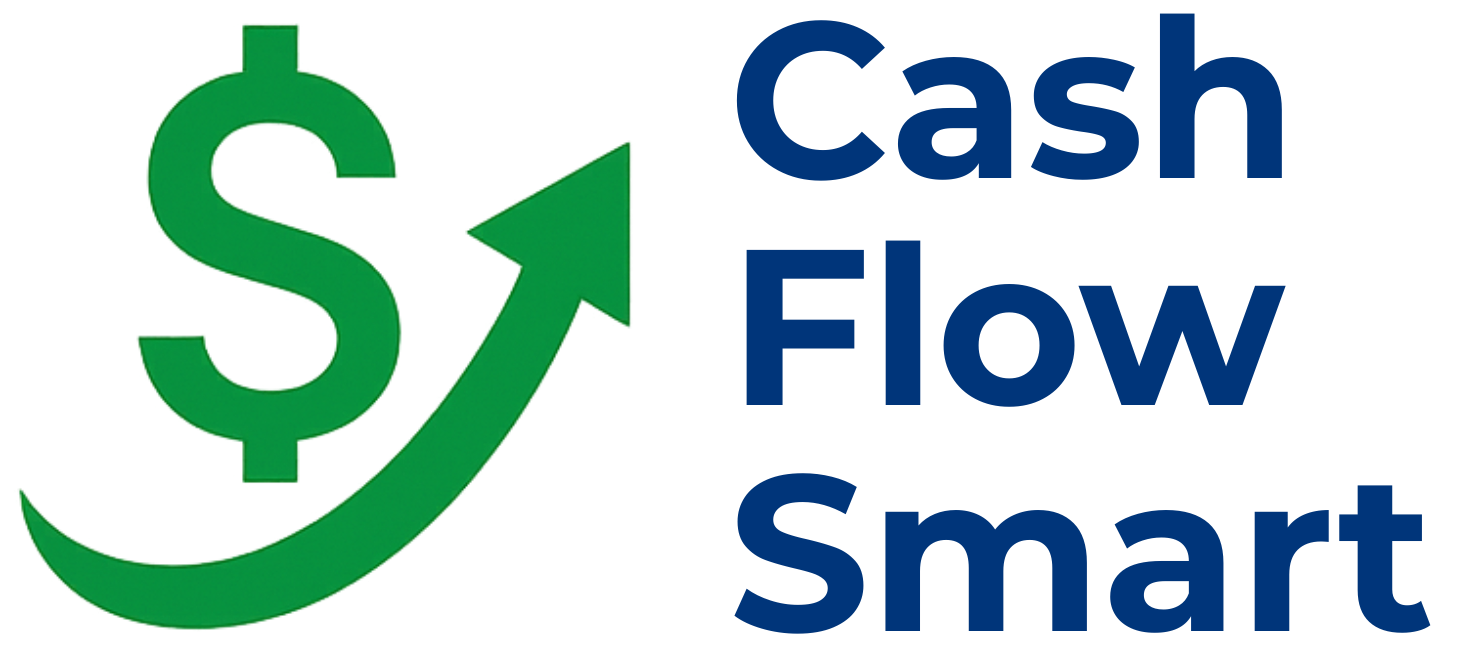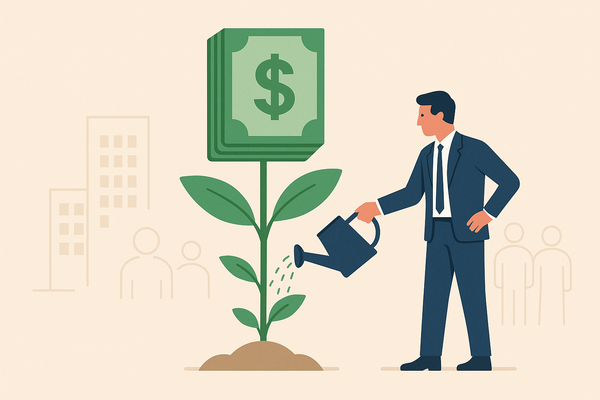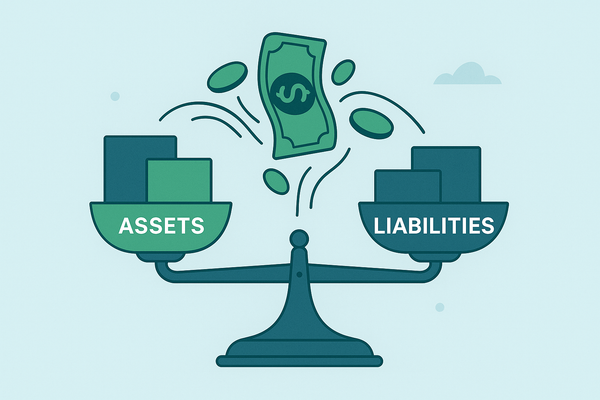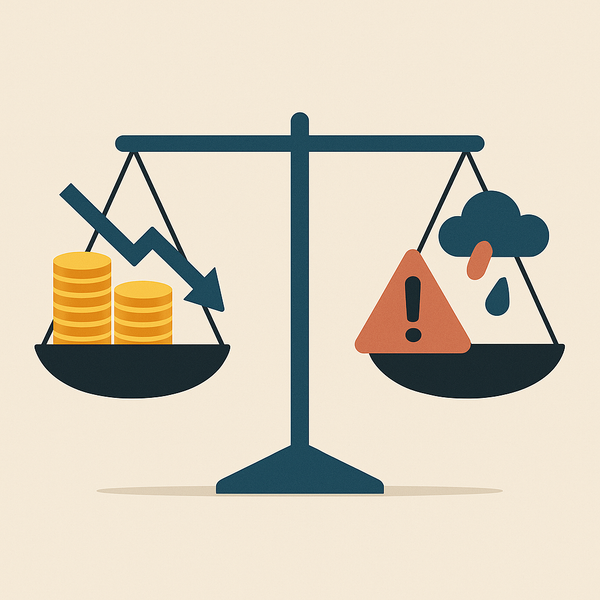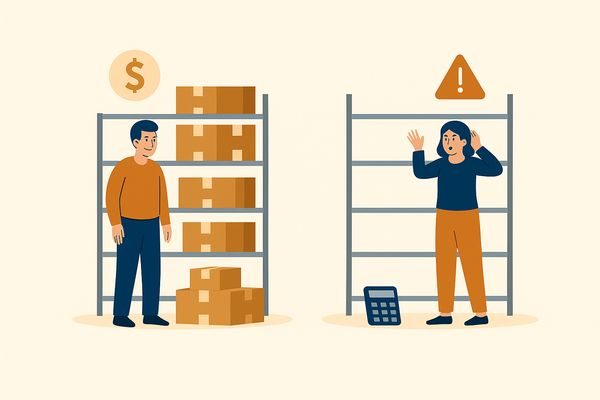The Difference Between Cash Flow and Revenue (And Why It Matters)
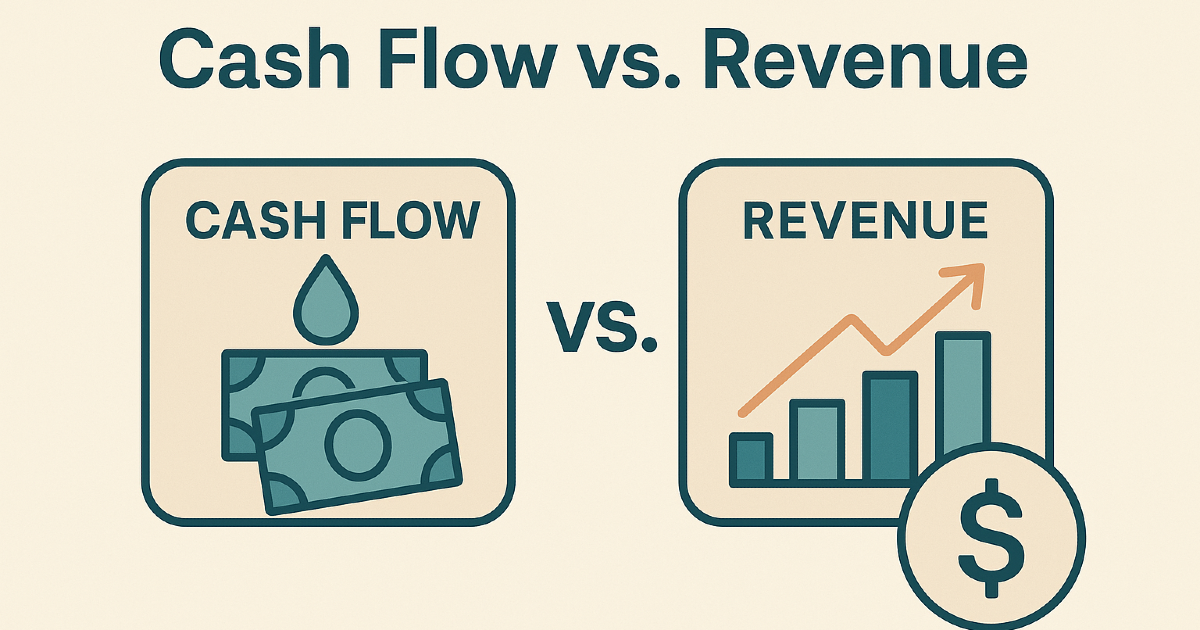
Ever looked at your business’s revenue and thought, “Things are going great,” only to feel blindsided when cash runs tight? You’re not alone. Many small business owners confuse cash flow with revenue, and it can lead to serious financial missteps.
In this post, we’ll break down the difference between cash flow and revenue in plain English, explain why the distinction is crucial for your business’s health, and share actionable tips to help you stay on top of both.
What Is Revenue?
Revenue is the total income your business earns from selling goods or services before any expenses are deducted. Think of it as the top line of your income statement – the total sales figure.
For example, if you run a bakery and sell $50,000 worth of cakes in a month, that’s your revenue for the month. It doesn’t matter if some customers haven’t paid yet; as long as the sale was made, it counts toward revenue.
Key takeaway: Revenue reflects how much your business earns but not how much cash you actually have.
What Is Cash Flow?
Cash flow, on the other hand, measures the actual movement of money in and out of your business. It tracks cash received (inflows) and cash paid out (outflows) over a certain period.
Using the bakery example, even if you sold $50,000 worth of cakes, if only $30,000 has been collected and you’ve paid $25,000 for ingredients, rent, and wages, your net cash flow is $5,000 for that period.
Key takeaway: Cash flow shows your business’s liquidity – the cash on hand to pay bills, invest, and grow.
Why the Difference Matters
Confusing revenue with cash flow is one of the most common pitfalls for entrepreneurs. Here’s why it’s critical to know the difference:
- Revenue doesn’t pay the bills – cash does. You can have high revenue but still run into trouble if cash isn’t coming in fast enough.
- Timing is everything. Revenue can be recorded when a sale happens, but cash flow depends on when you actually collect payment.
- Growth can strain cash. Rapidly growing businesses often have high revenue but negative cash flow due to upfront costs.
A report by U.S. Bank found that 82% of small business failures are due to poor cash flow management, not lack of revenue.
Common Mistakes to Avoid
Here are some frequent errors business owners make:
- ❌ Focusing only on revenue and ignoring cash collections.
- ❌ Assuming strong sales mean strong cash flow.
- ❌ Neglecting to account for delayed payments from customers.
- ❌ Overextending on expenses based on projected revenue.
How to Stay on Top of Both
Here are practical steps to manage revenue and cash flow wisely:
✅ Separate tracking: Use your accounting software to monitor both revenue and cash flow regularly.
✅ Create a cash flow forecast: Predict upcoming cash inflows and outflows to avoid surprises.
✅ Tighten payment terms: Encourage customers to pay faster by offering discounts for early payment or enforcing stricter terms.
✅ Watch your expenses: Align spending with actual cash on hand, not anticipated revenue.
✅ Build a cash reserve: Set aside surplus cash during high-revenue months to cover lean periods.
Quick Check: Are You Confusing Cash Flow with Revenue?
Ask yourself:
- Am I making spending decisions based solely on sales numbers?
- Do I have enough cash to cover the next three months of expenses?
- When was the last time I reviewed my cash flow statement?
If you’re unsure, it might be time for a cash flow health check.
The Bottom Line
Revenue is important, but cash flow keeps your business alive. Understanding the difference is the first step toward smarter financial decisions and long-term success.
Remember: Revenue is the promise of money. Cash flow is the money in your pocket.
Ready to get your cash flow under control? Download our free Cash Flow Tracker Template and take charge today.
